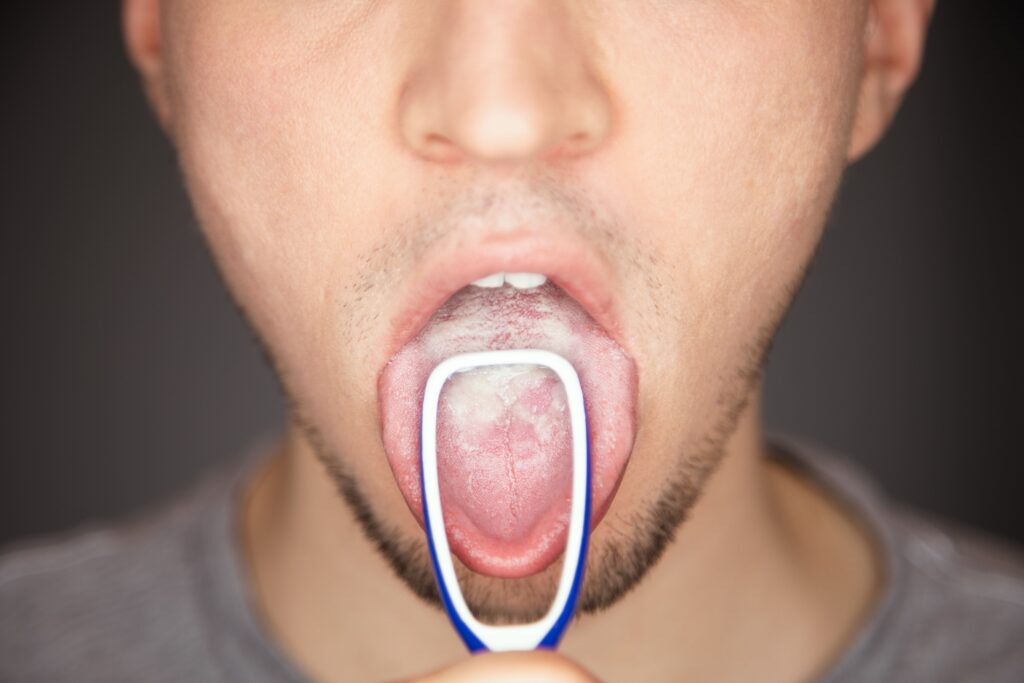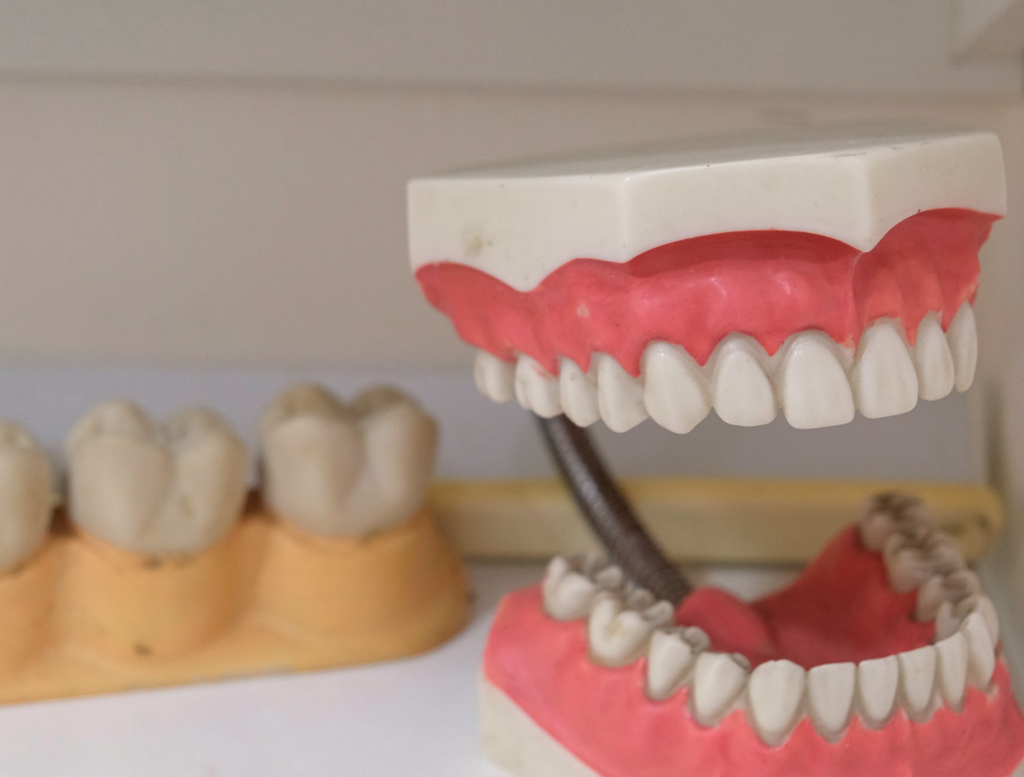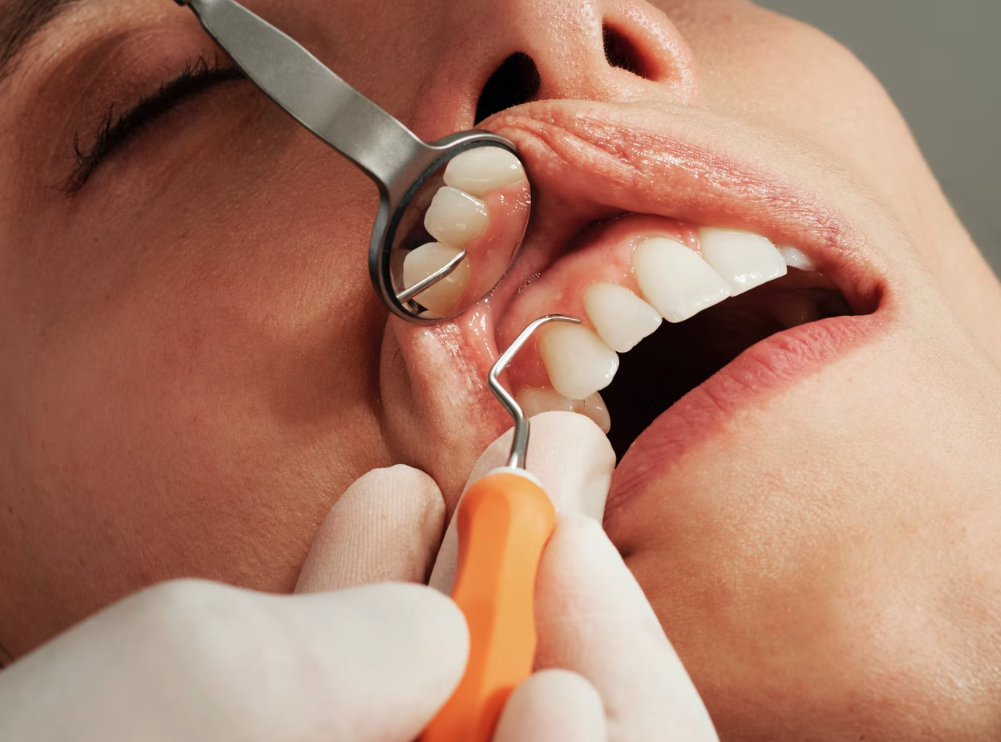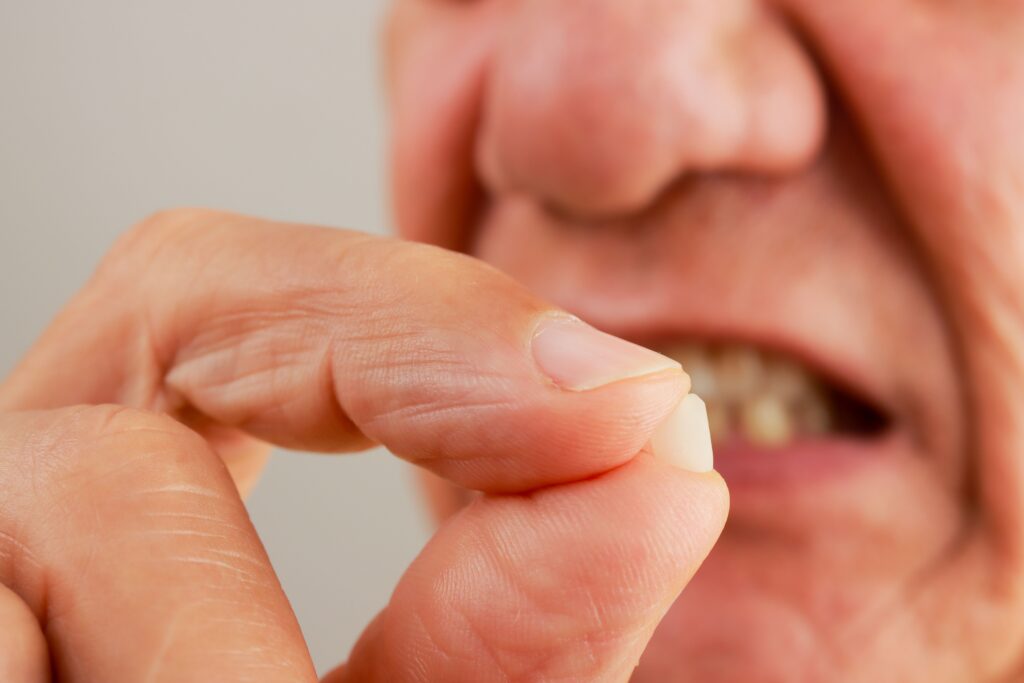Yes, it is common for teeth to shift as a person gets older. Teeth shifting can occur due to various factors, including natural aging processes, changes in jaw structure, and certain dental conditions. As we age, the bone density in our jaws can decrease, which can lead to a slight shifting of teeth. Additionally, the gradual wear and tear on the teeth can affect their alignment over time. Other factors that contribute to teeth shifting include tooth loss, gum disease, and untreated dental problems. It is important to note that while minor shifts may be a normal part of aging, significant changes in tooth position or bite alignment may require orthodontic intervention to correct and prevent further dental issues. Regular dental check-ups and maintaining good oral hygiene practices can help monitor and address any teeth shifting concerns as you age.
How Do You Treat Shifted Teeth?
Treating shifted teeth involves orthodontic intervention to correct the alignment and bring the teeth back into their proper position. Two common methods used are braces and clear aligners. Traditional braces consist of brackets attached to the teeth, connected by wires that are adjusted over time to gradually shift the teeth. Clear aligners, such as Invisalign, are custom-made, clear plastic trays that are worn over the teeth and provide gentle pressure to move them into alignment. Both braces and clear aligners are effective for addressing various types of teeth misalignment.
After the primary treatment, wearing retainers is often necessary to maintain the new tooth position and prevent regression. Retainers can be removable or fixed, depending on individual needs. Additionally, dental appliances like palatal expanders or space maintainers may be recommended in specific cases. It is important to consult with an orthodontist or dentist who will conduct a comprehensive evaluation and create a personalized treatment plan to address your shifted teeth. They will consider factors such as the severity of the shifting, your dental needs, and your preferences to determine the most suitable treatment option for you.
How Quickly Do Teeth Shift?
The speed at which teeth shift can vary depending on several factors, including the individual’s age, overall oral health, the severity of misalignment, and the type of treatment being used. Generally, teeth shift gradually over a period of time, and noticeable changes may occur within weeks or months.
In some cases, minor teeth shifting can occur naturally as a result of aging or changes in the jawbone density. However, significant shifts or corrections in tooth alignment typically require orthodontic treatment. The duration of orthodontic treatment varies depending on the complexity of the case and the chosen treatment method.
For example, traditional braces usually require a longer treatment duration, often ranging from 12 months to 24 months or more, depending on the specific needs of the individual. On the other hand, clear aligners like Invisalign can have a shorter treatment duration, typically ranging from several months to a year or more, depending on the severity of the misalignment.
How Much Does It Cost To Fix Shifted Teeth?
Traditional braces typically range in cost from $3,000 to $7,000 or more, depending on the complexity of the case and the duration of treatment. Clear aligner treatments like Invisalign can range from $3,000 to $8,000, depending on the specific needs of the individual and the number of aligners required.
It’s important to note that these are general cost ranges, and the actual cost can vary significantly. Factors such as the expertise and reputation of the dental professional, the location and facilities of the dental office, and any additional treatments or procedures needed can influence the total cost. Dental insurance may partially cover orthodontic treatment, so it’s recommended to check with your insurance provider to understand the extent of coverage available.
Conclusion
In conclusion, teeth shifting is a common occurrence as individuals age, and it can be influenced by various factors such as changes in jaw structure, natural aging processes, and dental conditions. While minor teeth shifting may be a normal part of the aging process, significant shifts or misalignments often require treatment to maintain oral health and function. Orthodontic interventions such as braces or clear aligners are effective methods to address shifted teeth and restore proper alignment.
When it comes to treating shifted teeth, seeking professional advice from an orthodontist or dentist is crucial. They can assess the severity of the misalignment and recommend the most appropriate treatment options tailored to individual needs. Treatment methods such as braces, clear aligners, and dental appliances can help gradually shift teeth back into their proper positions and improve overall oral health.








